|
By Al Players: 1 Platforms: Nintendo Switch, PlayStation 4, PlayStation 5 Archetype Arcadia is a dark, sci-fi visual novel that is developed by the same team that brought us Raging Loop back in 2019, and it's out now on the Nintendo Switch, PlayStation 4, and PlayStation 5. It's arguable that visual novels aren't often associated with long narratives, or darker themes, but Archetype Arcadia brings them both in droves. Is this post-apocalyptic story worth sinking 50 hours into? Do the dark themes weave themselves in well with the pseudo-Isekai plot? What are some of the secrets that lie beneath the surface of the game's world? Well, we're hopefully going to answer all those questions and more in this review, so read on to find out! The world of Archetype Arcadia is a barren one that has seen humanity brought to the brink of extinction due to a disease known as "Peccatomania". This disease causes one to lose all hope, despair, and ultimately either end their own life, or take the lives of those around them. Enter Rust and Kristin, two siblings who are desperately seeking out any other humans in their mobile home. Kristin has contracted Peccatomania some time ago, and when one contracts the disease there is only one way to fight off its symptoms: entering the world of Archetype Arcadia. Archetype Arcadia is something akin to an MMORPG where players fight to stay alive in a player-versus-player virtual world that houses dangers around every corner. Players in this world have only one line of defense, Avatars that draw power from their own memories. Rust knows nothing about this though as he is apparently the only person on the planet who has not contracted the disease, so he has no need to ever visit Archetype Arcadia. That all changes ones day when Kristin never returns from her Peccatomania treatment/game session. Well, her body is never left and is still there with Rust, but she is completely unresponsive and appears to still be logged into the game. Seeing no other recourse, Rust dives into Archetype Arcadia and enters a world full of other humans, monsters, and more. It's all overwhelming, and Rust has no idea how to survive in this new world. Thankfully he does meet some other players who are friendly to him, but he also meets several that are not. Rust's journey to "beat" Archetype Arcadia, bring his sister consciousness back to her body, and learn how to live within this virtual world is ultimately what drives the plot forward. Now there is a lot more of story I can dive into here, but seeing as that's the main point to playing a visual novel, I'll refrain from laying out too many spoilers. Suffice it to say that upon entering Archetype Arcadia Rust is thrown into the thick of it and meets several interesting characters at once. First off, he does meet up with his sister, who is known as "Sti" within the game world. She's lost all her memories though and is basically helpless and totally unable to communicate. Rust then meets a minion who attacks him, and nearly kills him, with her Avatar. Why do I refer to her as a "minion" you ask? Well, she's actually a player who is also a slave to the boss of the region, a huge monstrous creature known as "Dark Cerberus". Dark Cerberus was formerly a player who apparently succumbed to a form of Peccatomania that exists within Archetype Arcadia, but when a player succumbs to the illness in-game they go through a process known as "Monsterification". Players lose their humanity once this happens, and then become creatures that other players must defeat. This process has no known way to reverse it and is practically another form of a death sentence. After nearly dying, or as they call it in-game "redding out", fighting off both Dark Cerberus and his minion, Rust is rescued by another player named Chyrel. From here on Chyrel acts as Rust's guide to the world of Archetype Arcadia, and next takes him to a village full of players who have chosen not to fight. It's here that Rust learns how to play the game, and even meets other players that are familiar with Sti's in-game persona. He also learns that the "real world" is something of a myth to players of the game, and most are somehow permanently logged into Archetype Arcadia. Archetype Arcadia is a very long game. It has eight chapters of varying length, and takes about 45-50 hours to beat in total. Its length is more akin to a full-on JRPG experience rather than a visual novel, and that actually permeates within the game itself. The entire first 5+ hours that make of the first chapter feel like an extended tutorial of the in-game mechanics of the virtual world of Archetype Arcadia. You learn how the world works, how players "win" and "lose", the ultimate goal of all players, and even the mechanics of fighting with one's Avatars. There are times I couldn't help but feel that this game should've been developed as an RPG instead of a visual novel, or better yet an RPG that has visual novel-style dialogue scenes. Most of the in-game mechanics you learn about, through long stretches of dialogue, are things that just happen within the story and are rarely things you can influence. This means that those scenes that teach you about them are basically filler at the end of the day. The tutorial feel of the first chapter is also represented by the fact that Rust starts his time in Archetype Arcadia as a "Guest" who can't die and respawns intact whenever he reds out. Without giving away the specifics of how it happens, he loses that guest status early on. I actually was glad when this happened as Rust comes off very much like a Mary Sue-style character who is also essentially invincible at the start. While Rust's character never really improves to the point where I felt that he isn't at least somewhat annoying, he does at least lose some of the Mary Sue elements like that guest status, and the plot armor he has with other characters helping him out blindly. Memories are a key point of focus of Archetype Arcadia, so much so that players actually fight with them. Sti's status as someone who's forgotten everything about her life, is actually due to the fact that her memories (stored in "memory cards" of course) were apparently destroyed by Dark Cerberus prior to Rust's arrival. There is a way to recover these memories by defeating other players who have monsterified, and that's one of the main focuses of the story of course, but it's quite a long process in-game. Beyond the obvious though, memory is still very much front and center as much of the game is told through flashbacks, both from Rust and from other characters. Whenever you meet a new character you can be assured that you'll eventually hear all about their backstory, usually in the form of long sepia=toned cutscenes. The game even has alternate points of view where you play through brief scenes within the minds of other players, usually those who wish Rust and Sti harm. There's a strong focus on reconciling one's past with their current situation. Many of the characters are unable to do this, and Rust and Sti are definitely fighting to come to terms with this concept, but it's not exactly a bad message for the game to have. Nothing is ever that simple though, and I can be here forever just trying to dissect the game's many themes. What's important to note here is that there is a great amount of depth to the game, and even though the experience is through the lens of an imperfect protagonist, it's one that you won't forget for quite a while afterwards. I have a lot to say regarding the visuals of Archetype Arcadia, and not all of them are positive. First off, the biggest problem I had with the game was that there seems to be little consistency in the visuals themselves. I don't mean to say that some are good, that some or bad, or that some are worse than others, but that many of them seem to be designed by completely different teams who didn't communicate with each other. Monster and boss characters look nothing at all like the human characters, and I couldn't help but feel a little pulled out of the game's immersion whenever one showed up. Seeing as they pop up consistently throughout the entire game, I think you can see how this affected my overall gameplay experience. I will say that the monster designs are pretty well-done for the most part, it's just that some of them feel like the artists thought: "What about this creepy feature... but all over its body!" and ran with that without really thinking about how it would look within the game itself. I can mostly look beyond that though, I just wish they gelled more with the human characters, since they often feel like they belong to a completely different game at times. Now, not all is well with the human characters either. I personally found that many character designs came off as far more inspired than others. Characters like Dark Cerberus' minion you first encounter, the movie-loving villager Candy, and even Rust himself, all feel like they were created quickly and have a strong "NPC" vibe about them. Even Sti's plain look is rather jarring since her and the others are all the game's main characters. I'll admit that it's a bit most forgivable in Rust's case since you don't see him on screen much, but the others just feel lazily put together. There are even times when other characters like Chyrel have an odd drawing or two that made me think something along the lines of: "They really thought this picture was worth putting in the finished product?" and I found myself looking up "How To Draw Anime" books to see if the designs did indeed look like they were drawn from there. I don't want to make it sound like the art is bad, just that there's a lot of inconsistency in general. With all this said, I guess it can be partially forgiven considering the sheer amount of content and images in this game, but it's a point worth making nonetheless. Negatives aside I must say that I think most of the human character designs are well done. The avatars also have a lot of character to them, and I found myself preferring Rust's Avatar "Tin" (modelled after Kristin of course) over Sti herself. The backgrounds and event CGs are also all vibrant, and show off the world perfectly within whatever mood that's currently needed. The barren wastelands look dreary and desolate, and the vibrant landscapes of the open world look inviting and pleasant too. I also liked the various visual cues that exist within the game too. The way the art style shifts when you enter a flashback, the way the screen narrows when Rust is perceiving things below the surface about those around him, and the way everything gets red and slightly out of focus when a Rust or a player is near redding out, are all perfectly executed. While I still think there's a lot to be said regarding the art style failing to bring together the various conflicting elements, I must admit that when it works, it works perfectly. I have similar thoughts regarding sound too, but let's talk about the positives first. There's quite a bit of music in this game, and all of it is well-composed and fits whatever scene it's a part of. This is a bigger feat than it might first appear as there are sort of two games going on here that need completely different music to complement them. The visual novel story scenes have appropriate mood music that is upbeat, melancholic, sad, or hopeful as needed. And there's also an entire set of tracks that are meant to go along with the JRPG-styled world of Archetype Arcadia itself. Chill town themes, anxiety-inducing action themes, and pulse-pounding battle themes are all here, and are quite memorable once they pass too. Kemco, the developer of the game, is well-known for the many JRPG titles they put out on mobile phones and consoles at a near non-stop rate, so I guess it's no surprise that they'd be no strangers to putting together a good JRPG soundtrack. While they didn't quite pull off the variety of visuals coming together coherently, the music really does a great job in mixing the two vastly different genre worlds together musically. In short, music is one of the stronger elements of Archetype Arcadia, and I wish it was all I had to talk about when it comes to sound... Archetype Arcadia is a fully voiced game that only has a Japanese dialogue track. Usually I'm all for Japanese-only tracks since I'm not exactly a fan of Western (often overacted) dubs. Then I encountered Dark Cerberus and quickly remembered that overacting isn't limited to just English-speaking actors. Some scenes just feel like they drag on and on, far longer than they need to, and that's definitely the case with your first encounter with Dark Cerberus. Added to this is the fact that he has one of the loudest, most annoying, voices I've ever heard in my life. I'm not joking when I said that I started just skipping his lines because I couldn't stand to listen to him a second more than I needed to. Making matters worse is the fact that this voice style isn't unique to him. All the Monsterified characters have the same crazy overacting style, though thankfully some have more palatable voices in general. I know that this is an odd thing to complain about, but seeing as this is a game that focuses on encountering and taking down characters like Dark Cerberus, you're going to be experiencing these takes a lot. Elsewhere the voice acting is far better, with Rust and Sti once again being just a little more annoying than the rest of the cast due to their poorly developed characters. Maybe I was being harder on them after having to deal with so much Dark Cerberus in the first chapter, but it is something that I found as a problem throughout the entire game. Anyhow, perhaps you'll find the voice acting less abrasive than I did, but I really don't think anyone will be a fan of Dark Cerberus' over-the-top performance. There's so much content in Archetype Arcadia that I honestly can't fathom getting to see everything it has to offer. It's a visual novel so there isn't like side content or quests to take care of, but there are several endings to collect, including Bad Ends. These endings all come by way of various in-game choices, but these are so few and far-between that it's hard to realize how crazy different the paths are that they can take you down. Choices aside, the core game is quite long and can take well over 45-50 hours to complete depending on your reading speed, and if you're going for multiple endings or not. I'm not totally sure if it's time well spent though as I feel there's an extreme amount of padding to the game. Half of the game could be cut out if only fights were limited to just a few moments and not DBZ-style affairs that go on several times more than they need to. I'd bet that a lot of players will tire of the story before the end and not see its conclusion. Also, the idea of going through a game of this length multiple times to get all the endings is something that I can't see anyone but the most hardcore even bothering with. There is a lot of content there for those looking for it though, so it can't be denied that you get a lot of bang for your buck. Currently the game has an MSRP of $29.99 and that's low enough that I feel that it gets a recommendation based on that alone. You'll be lost in the world for quite a long time, and the journey really is one worth going on if you can look beyond the few negative points that I've mentioned above. I guess I just have to also add that the story is very much worth getting past the occasional layers of fluff, so stick with it if you're arrive in-game for the first time. While I do think that there's a lot of aspects that might make this a game that isn't for everyone, such as its graphic nature and its sci-fi storyline, I do give it a full recommendation. It's rare that you get a game of this depth, and with a storyline that takes this many risks, within the visual novel genre. It's availability on most modern consoles, coupled with its relatively low price, make picking it up a no-brainer. The real question is as to whether you're willing to give the game the time needed to really get into things. I say that as long as you go with the story slowly, so as not to get too overwhelmed too quickly, and take it more as a series of episodes within a season of a show, you'll be just fine. Then again, maybe you're the type of gamer who lives for this level of storytelling and game length. If so, make sure you buckle in because this game will take you on a ride you'll never forget! For More Information on Archetype Arcadia: https://pqube.co.uk/games/archetype-arcadia/ Story: B+ Gameplay: B Graphics: B- Music/Sound: B- Value: A+ Overall: B+ Pros: + Has a deep, dark story, complete with horror elements, that one doesn't find all too often in the visual novel genre. + A very long experience that will take many dozens of hours to complete, and even features multiple endings. + The story's twists and turns, as well as a strong supporting cast, keep players invested in the world. + Episodic gameplay makes it so that the story can be experienced in chunks rather than a full playthrough, since this is a rather long game. + Music is strong throughout, and the voice cast is on point. +/- There are times where it feels like this should've been made as an RPG instead of visual novel. Cons: - The voice acting from the monsterified characters, notably Dark Cerberus, can be very annoying after a while. - While most of the character designs are good, some feel very uninspired, notably that of the main character Rust. - The entire script of the game is full of typos. Could be fixed by an update, but there are so many that it gets distracting after a while. - Since it's a visual novel with very little player input, it can be somewhat frustrating when the story takes sudden turns a player would've avoided. A copy of this game was provided to us free-of-charge by the publisher for the purpose of this review. This did not affect our review in any way.
0 Comments
Leave a Reply. |
Search
Contributors◆ Angie
◆ Emily ◆ J.D. ◆ Janette ◆ JT ◆ Manuel ◆ Nestor ◆ Rose ◆ Sylvia ◆ Teepu ◆ Tiffany ◆ Winfield Archives
June 2025
|
© 2014-2025 A-to-J Connections. All Rights Reserved.


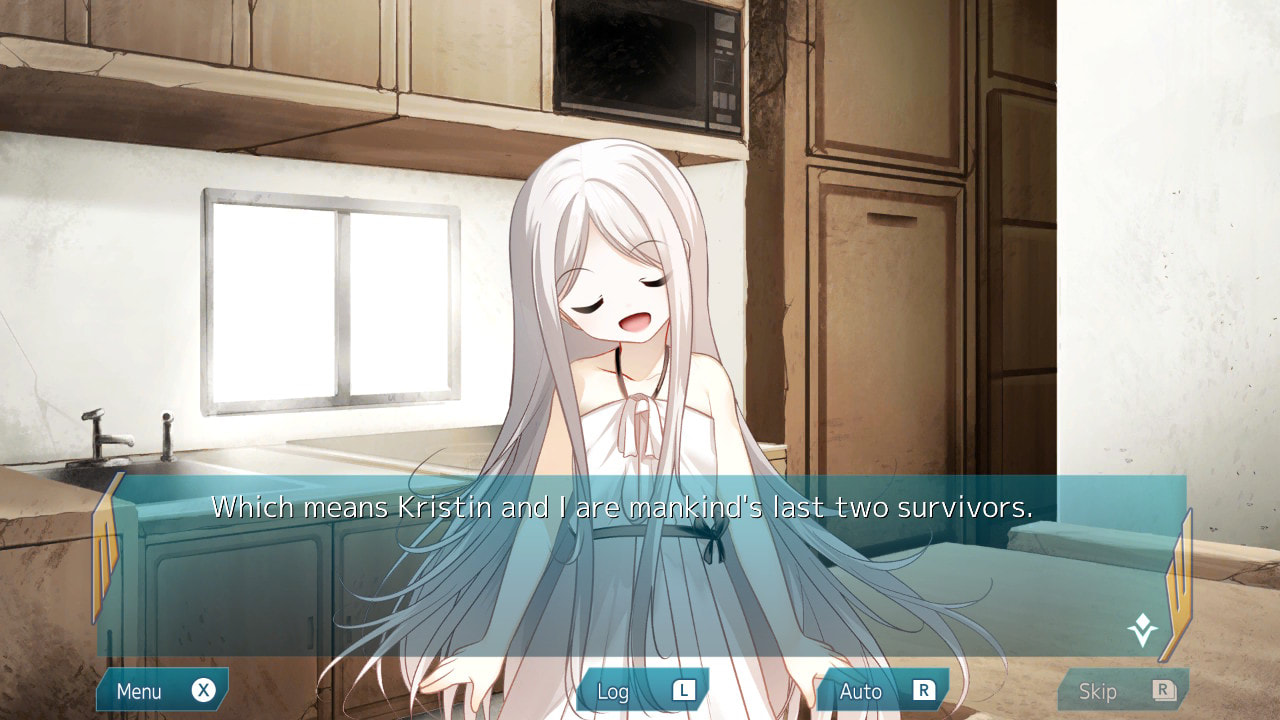
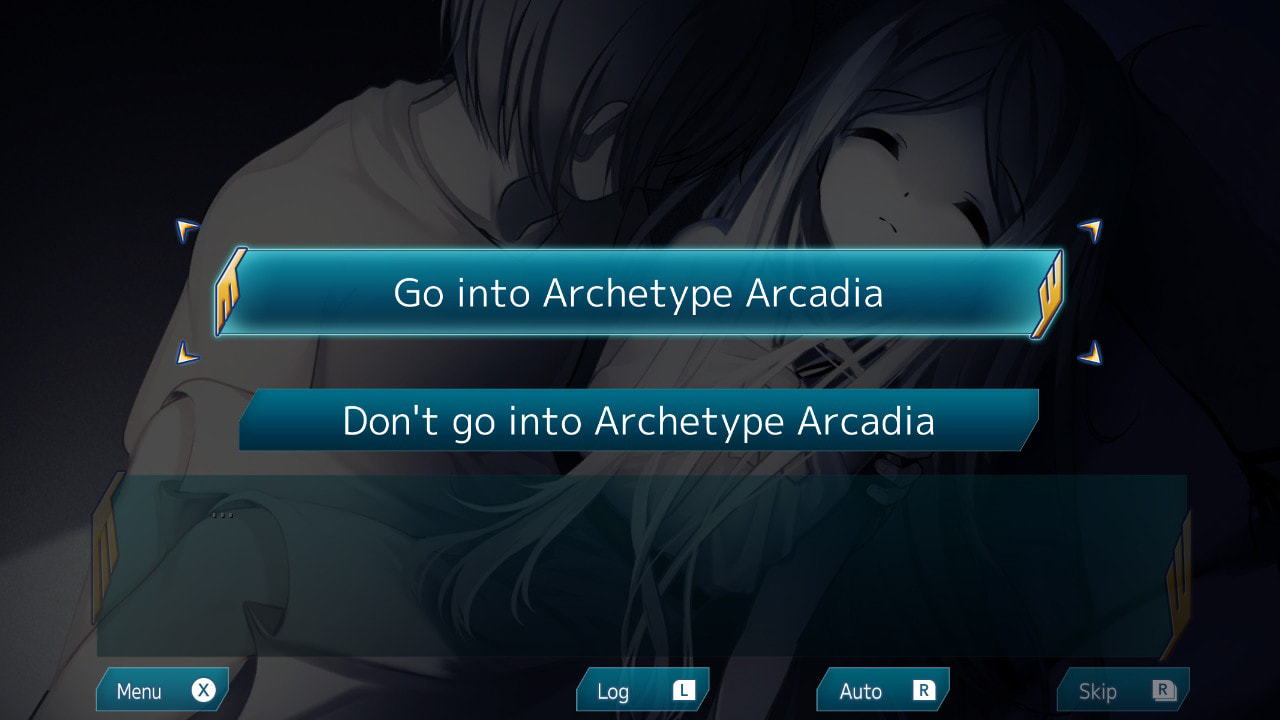
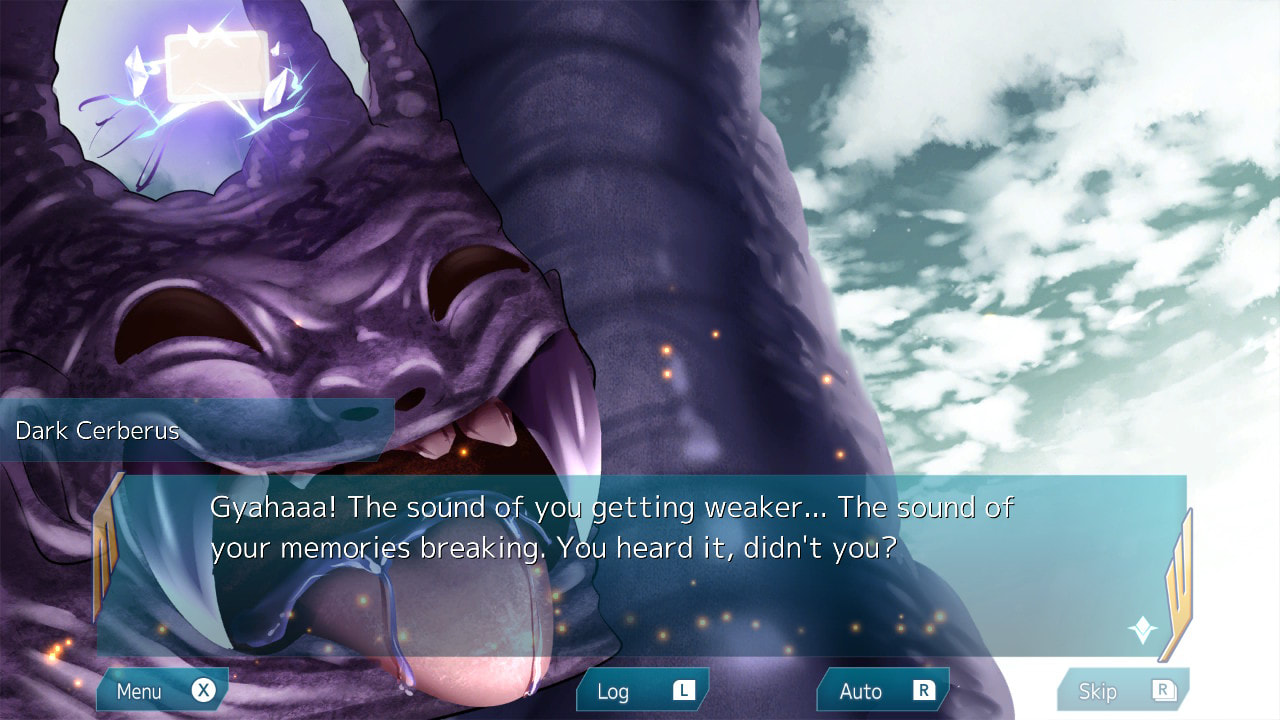
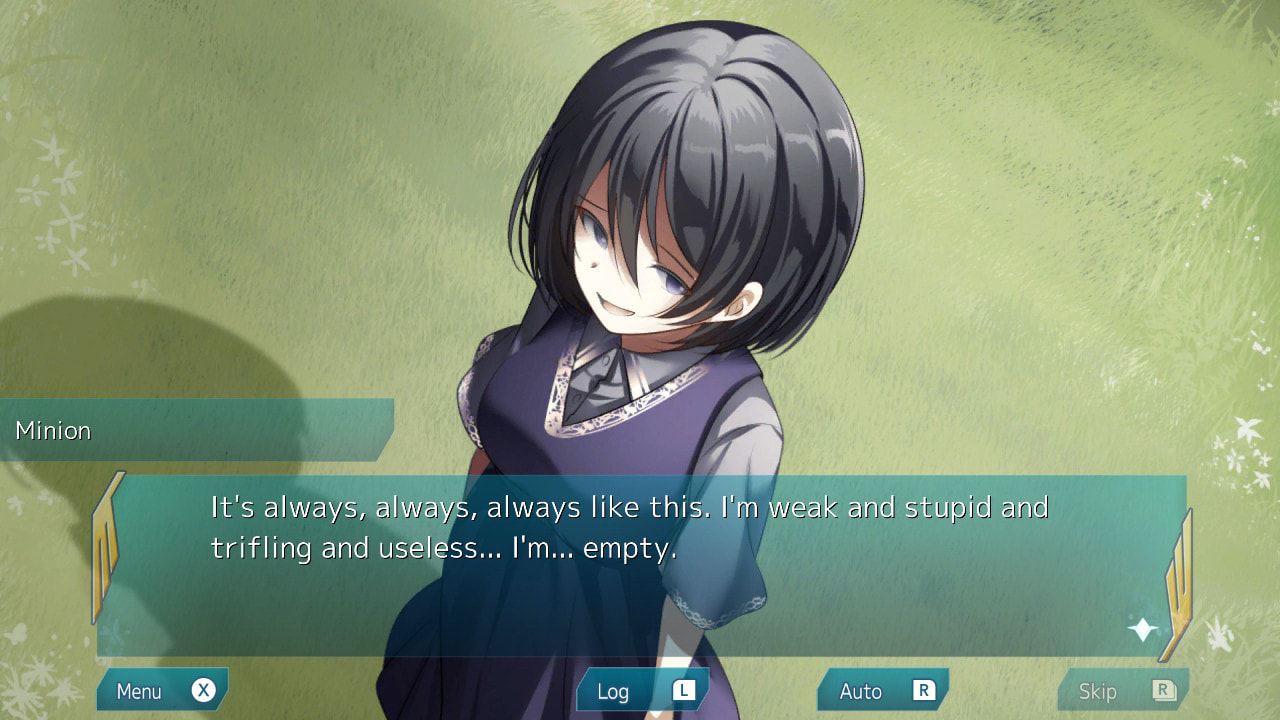
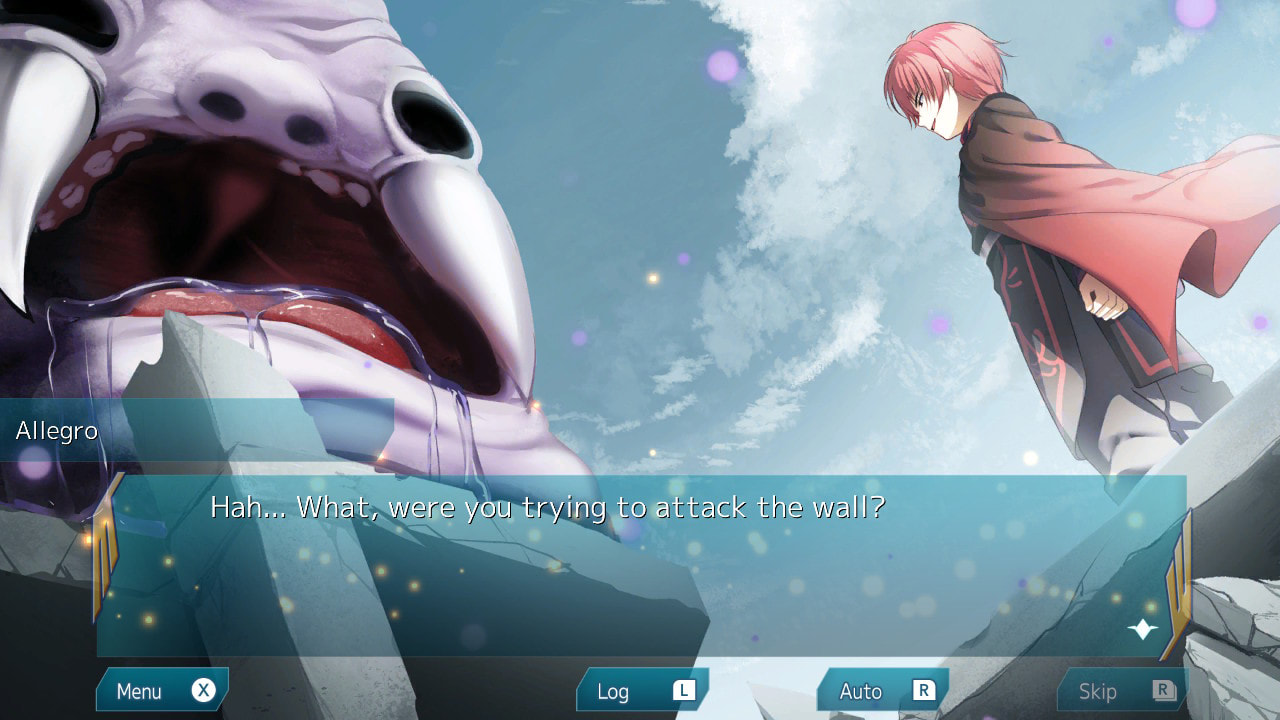
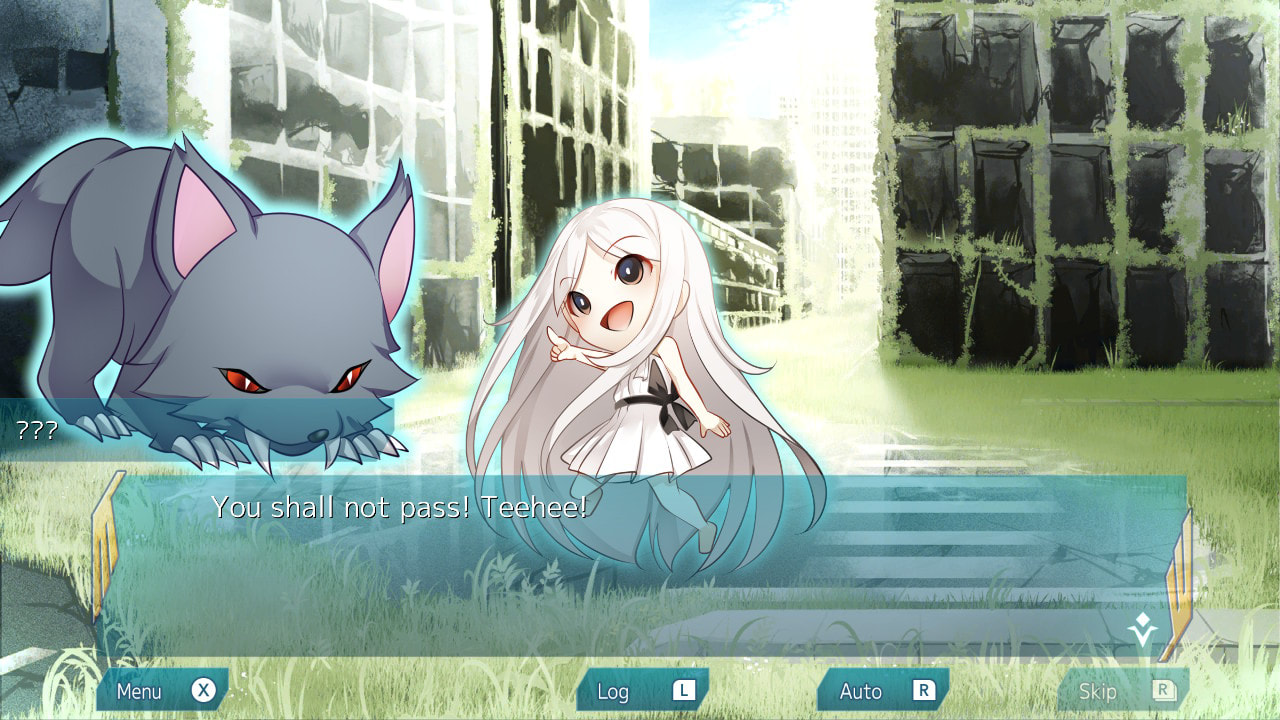
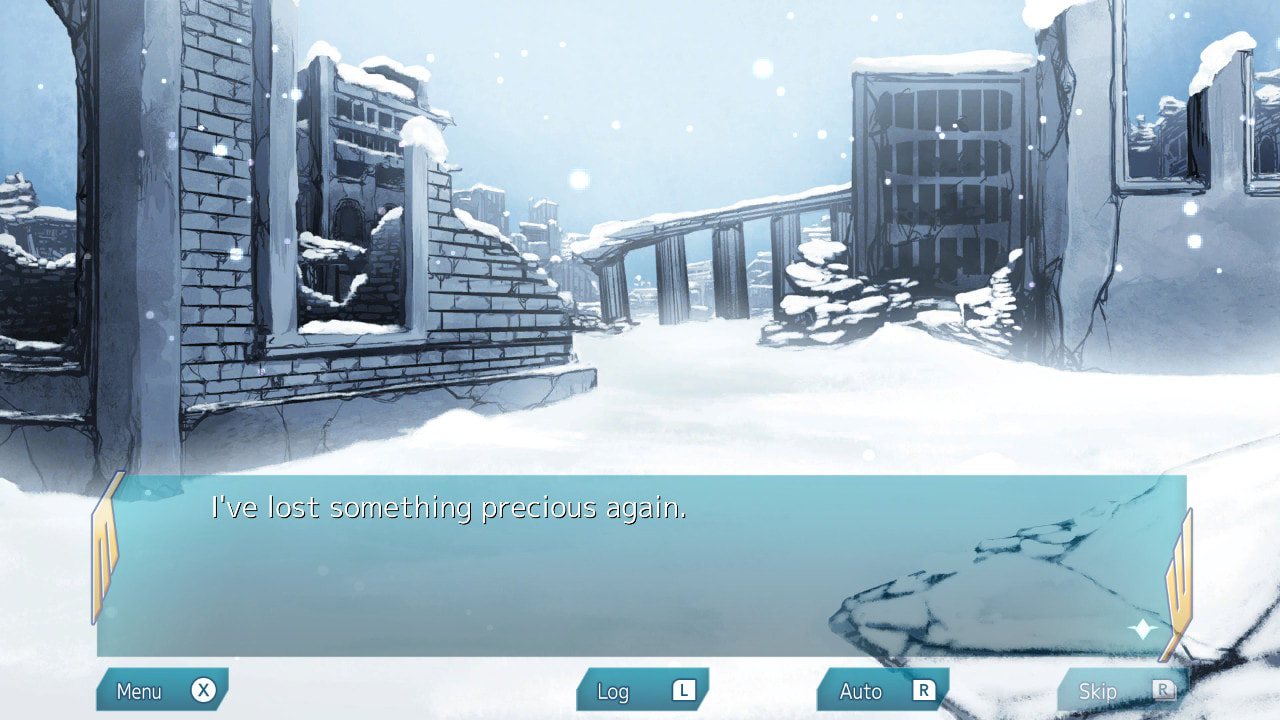
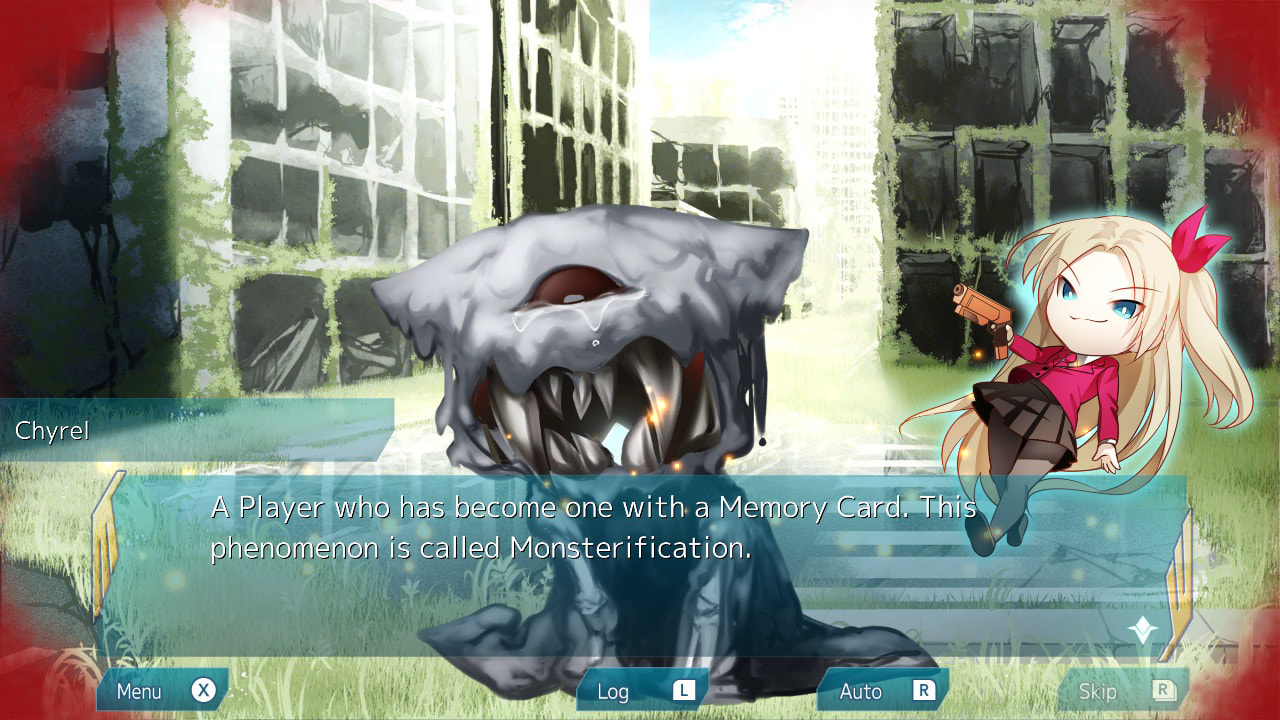

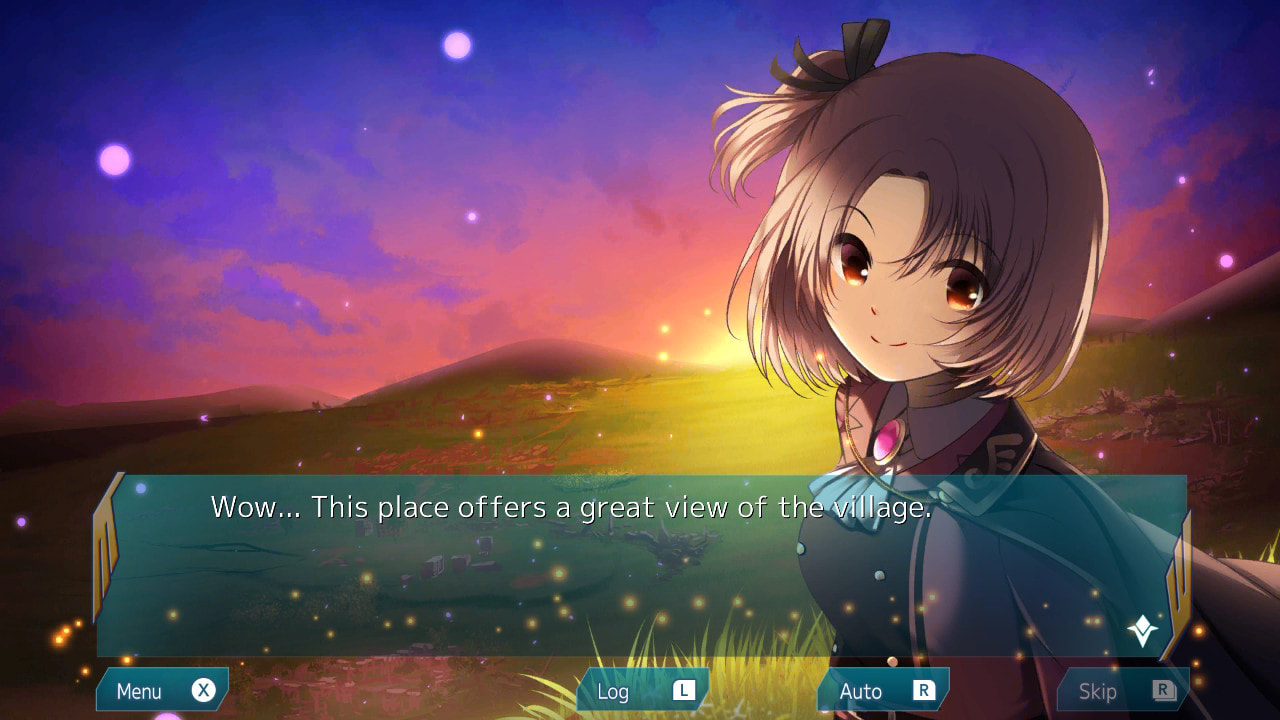
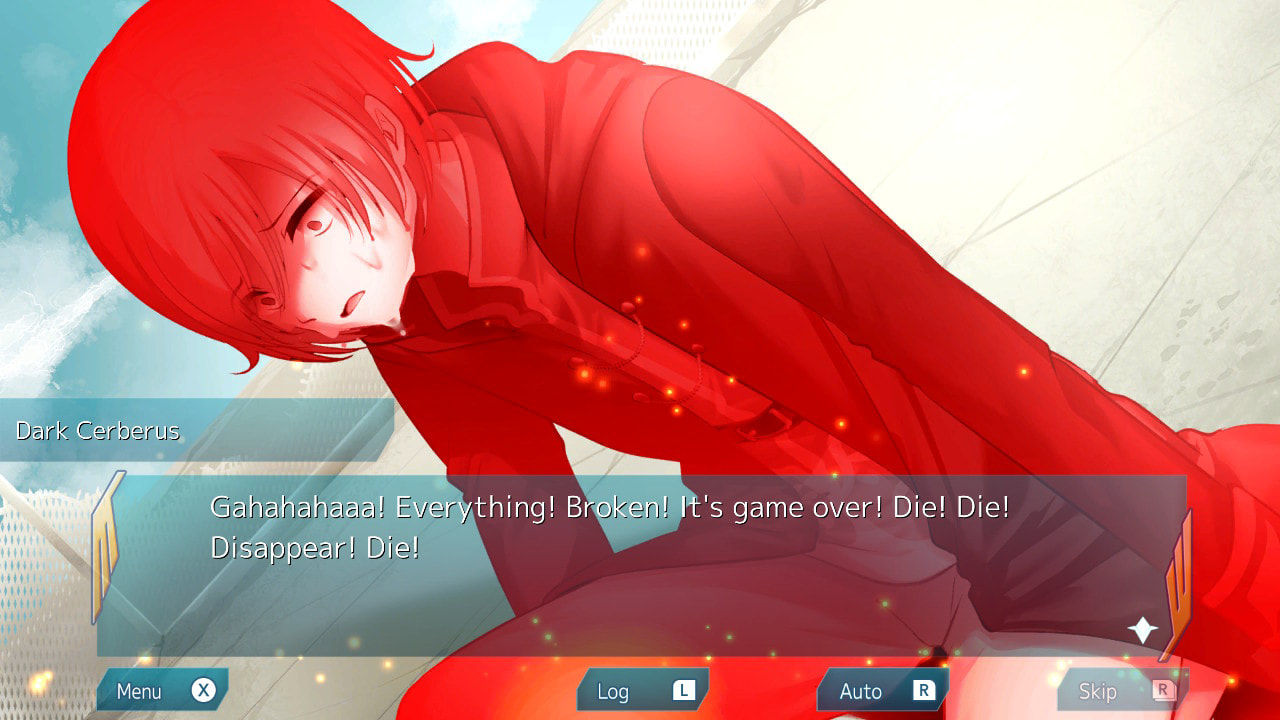
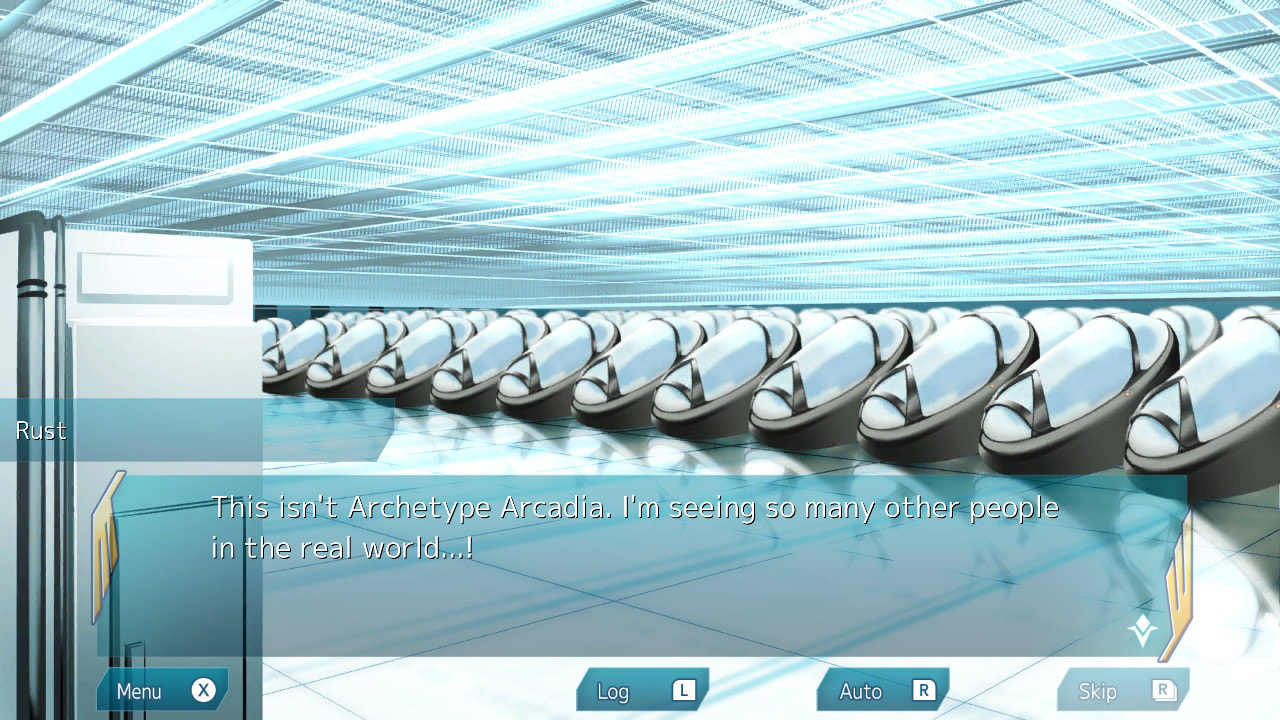
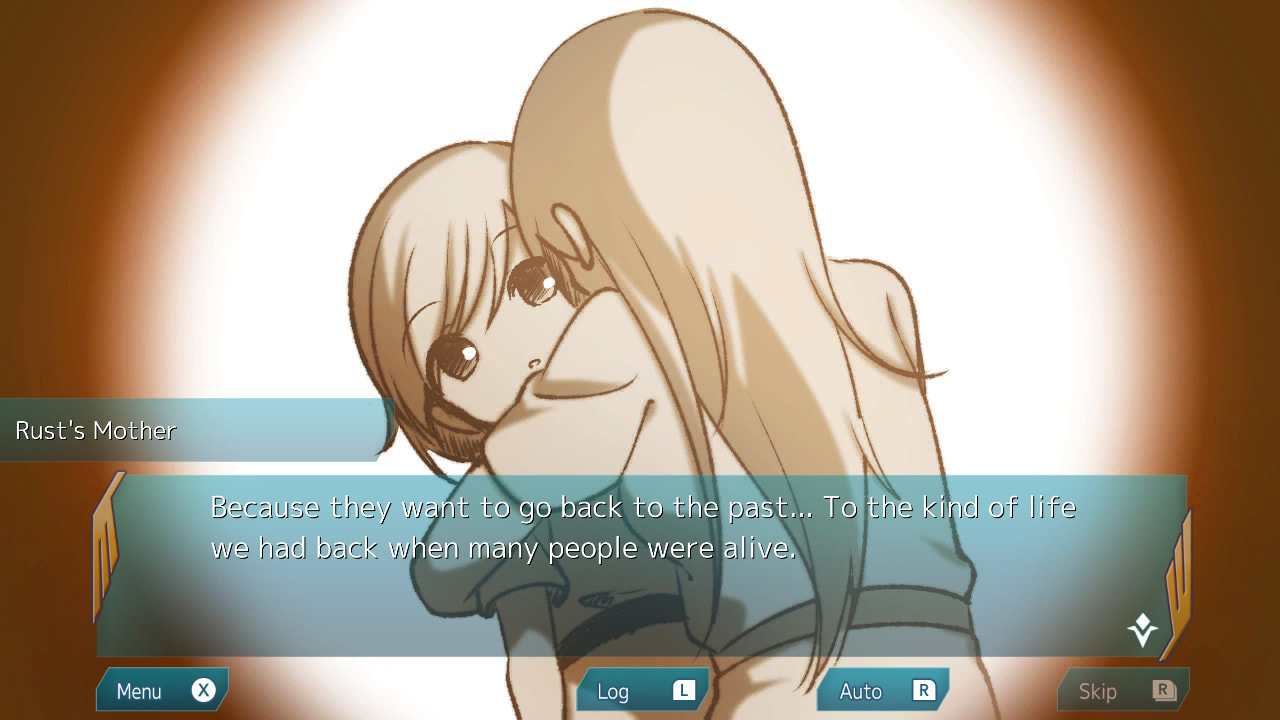
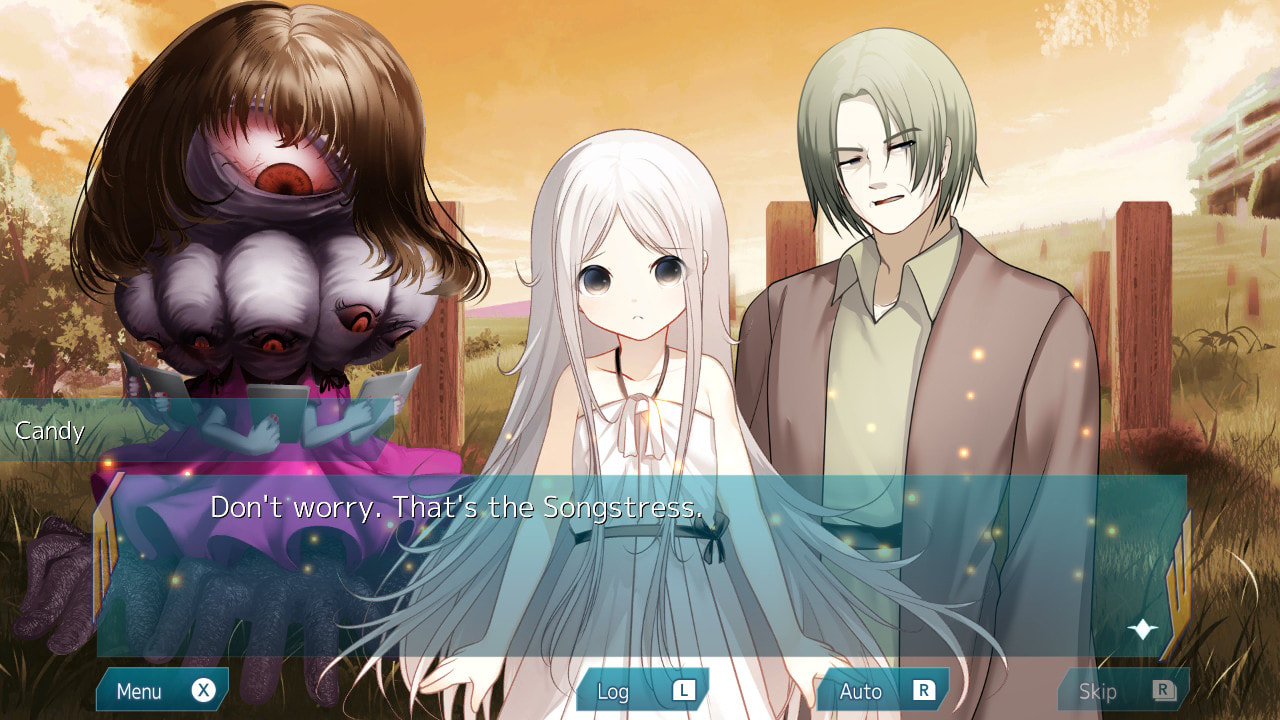
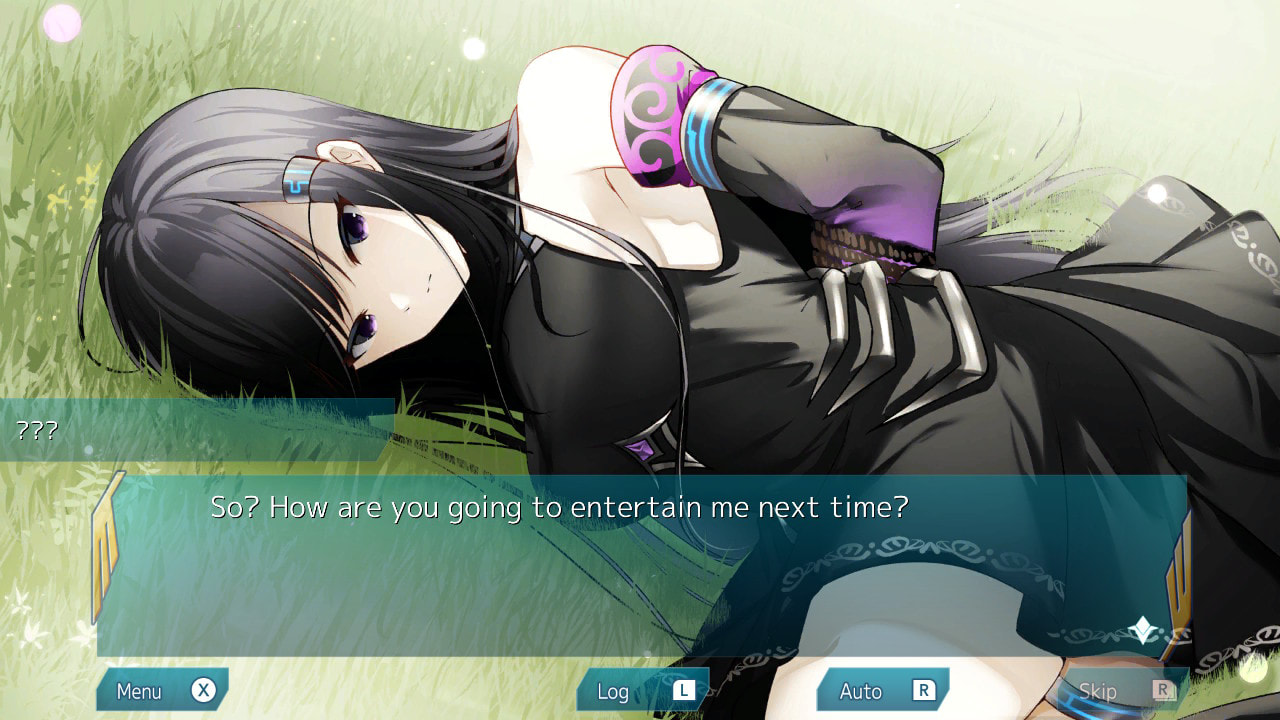
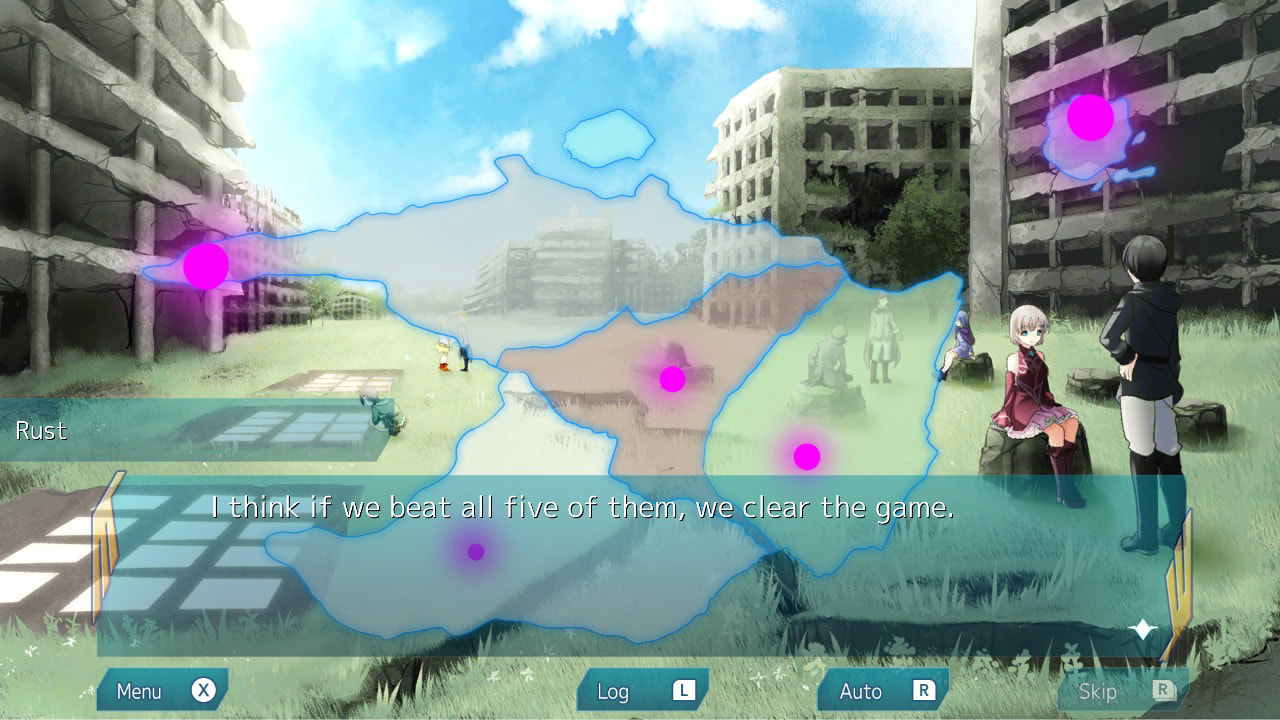

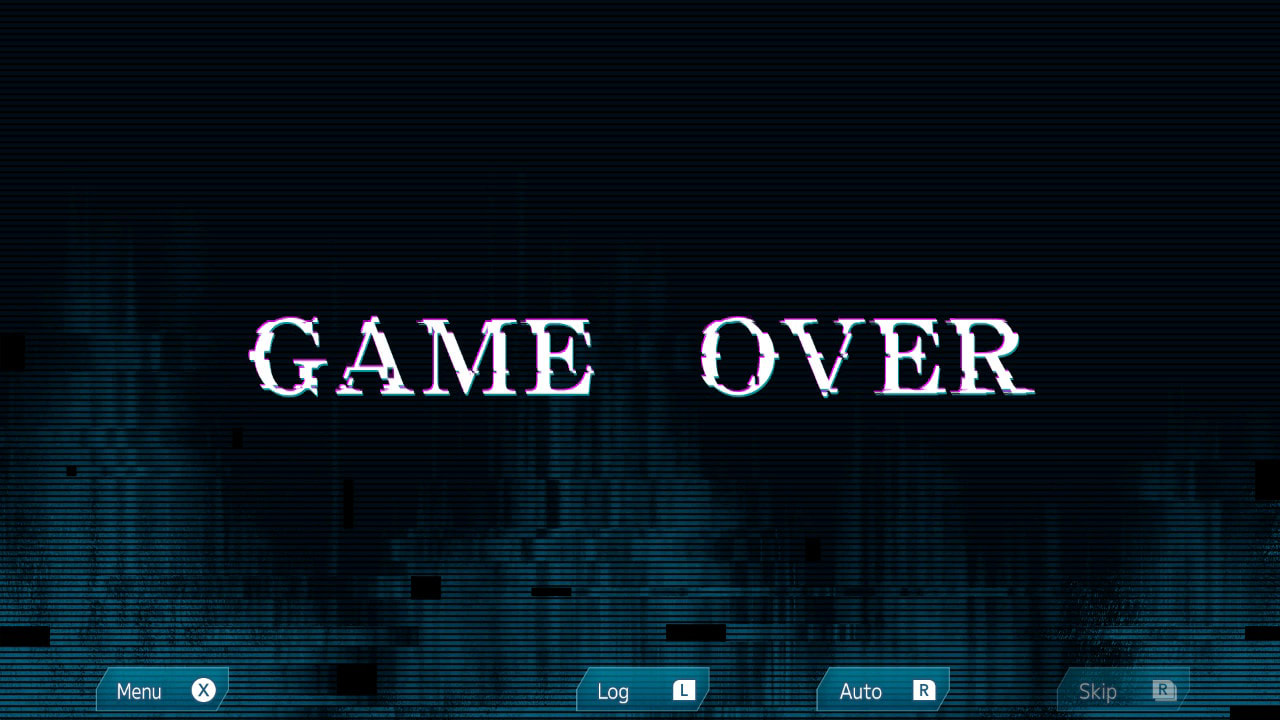

 RSS Feed
RSS Feed